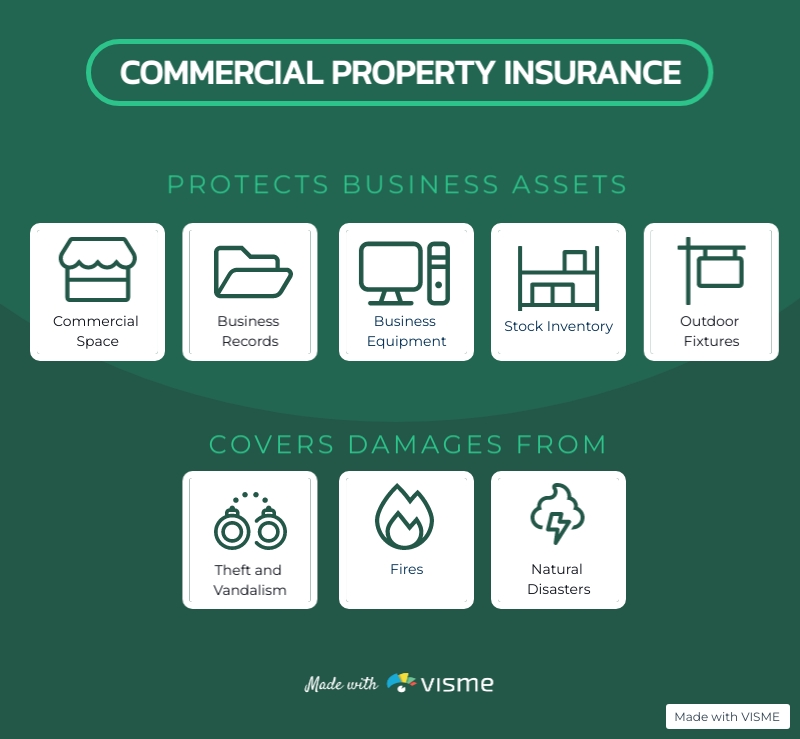FIRST THINGS FIRST: What is the ADA CERP Program?
The CCERP, a committee within the American Dental Association, sets standards for Continuing Education in dentistry. Their charter involves vetting and approving entities to offer dental courses, ensuring a minimum competency and quality threshold. Approved CDE providers can award records of participation to attendees, fulfilling yearly Continuing Education requirements.
Businesses and individuals who have achieved ADA CCERP certification status perform an important service in the Continuing Dental Education ecosystem by providing quality accredited certification courses, and awarding CE Credits to Dental professionals who complete those courses. ADA-approved CE providers that provide this coursework will benefit from the association and recognition that comes from the American Dental Association, and oftentimes are able to grow out profitable Continuing Education programs for Dental professionals. Because of this it’s no wonder that currently the ADA CCERP program contains over 425 accredited education providers, with more being added each year.
How do I apply for acceptance into the ADA CERP Program?
The American Dental Association maintains a website devoted to the CERP program, where materials and program requirements are hosted. You can visit that website here (https://ccepr.ada.org/). Pre-Application Determination of Eligibility forms can be submitted to the ADA at any time, with the commission notifying the applicant usually within 8 weeks as to if the applicant is eligible for CERP Recognition. Applications for recognition are reviewed by the commission twice a year, with the following dates being the next program cycle:
PRE-APPLICATIONS SUBMITTED— Oct 1, 2023
APPLICATION DEADLINE— Jan 12, 2024
COMMISSION MEETING— May 2024
DECISION REPORTS SENT TO APPLICANT— May 2024
NEW RECOGNITION TERM BEGINS— May 2024
Now that we understand the basics, let’s take a look at the 5 most overlooked requirements with receiving Provider Recognition from the ADA?
1. It’s going to take a village…
You are required to form an advisory committee as the primary driver of our CE program, that will assume oversight duties of your program in an independent and unbiased manner. The role of this committee is to provide direction and peer review for the providers program, and a “majority of the advisory committee must be dentists who are independent from other responsibilities for the provider.” The advisory committee should include objective representatives of the intended audience, including the members of the dental team for which the courses are offered.
2. To ensure lasting success into the future, put in the effort to design your program NOW
Documenting every aspect of your accreditation program, including plans, procedures, reports, evaluations, and assessments, is essential for demonstrating, explaining, assessing, and revising elements as your program matures. While focusing on delivering quality courses, CE providers often overlook the management aspect. Standards XI: Administration and XIV: Recordkeeping are critical but easily overlooked. Simplify the process with SimpleCert’s Certificate Management System, providing an organizational platform from the start. As part of day-to-day operations, ensure adequate personnel for program management. Designing an automated and efficient program with SimpleCert helps reduce future staffing overhead as your program grows.
3. Think Educational, NOT Promotional
CDE Providers juggle various roles, including business management. When offering ADA CERP sanctioned courses, it’s crucial to keep business-related promotions separate from coursework. Providers must ensure content quality and scientific integrity independently of commercial interests, promoting oral healthcare improvement without endorsing specific commercial products or techniques. Emphasize your responsibility to provide high-quality education, irrespective of other business connections.
4. WAIT. I thought I had to provide Certificates of Completion as part of being a provider?
As a Continuing Education provider, you must issue certificates to attendees, but it’s crucial to note that these certificates shouldn’t resemble diplomas or suggest initial certification. According to Standard XIV RecordKeeping, documentation should accurately reflect individual participation without implying specific skills or advanced educational status. While designing templates, ensure they look professional but avoid any appearance of being a diploma or graduate certification. Your role is to provide records of individual participation, not initial certification.
The following is a list of what must be contained on records of individual participation:
- The name of the CDE provider
- The name of the participant
- The date(s), location and duration of the activity
- The title of the activity and/or specific subjects
- The title of each individual CDE course the participant has attended or successfully completed as part of a large dental meeting or other similar activity (and number of credits awarded for each)
- The educational methods used (e.g., lecture, videotape, clinical participation, electronically mediated)
- The number of credit hours awarded (excluding breaks and meals)
- The recognition status of the provider, through the use of the authorized recognition statement, and, whenever feasible (given space considerations) the use of the ADA CERP logo in conjunction with the authorized statement.
- Notice of opportunity to file complaints.
Similar to item number 2 above, a lot of times CDE providers will gloss over the process of creating and distributing records of individual participation at the beginning, but will quickly become overwhelmed by the process and management of this key requirement. It’s a far better approach to adopt a professional Certificate Management System like SimpleCert, to automate this required process and provide scalability right from the start.
And just remember should anyone ask, you provide records of individual participation, NOT certificates as a CDE provider 😊
5. Recordkeeping, the nightmare of mail merges and missing Excel spreadsheets
Becoming an ADA recognized CDE provider comes with the responsibility of maintaining attendance records for 6 years. This task can become overwhelming without a streamlined process. SimpleCert, as a Certificate Management System, automatically stores records, offers easy searchability, access notifications, and facilitates reporting. While ADA doesn’t require attendance reporting in annual reports, they can request records at their discretion. SimpleCert simplifies this by providing a scalable solution for your growing business, ensuring a smooth and efficient program management experience. Register for a free SimpleCert account today to automate your program.
SimpleCert


